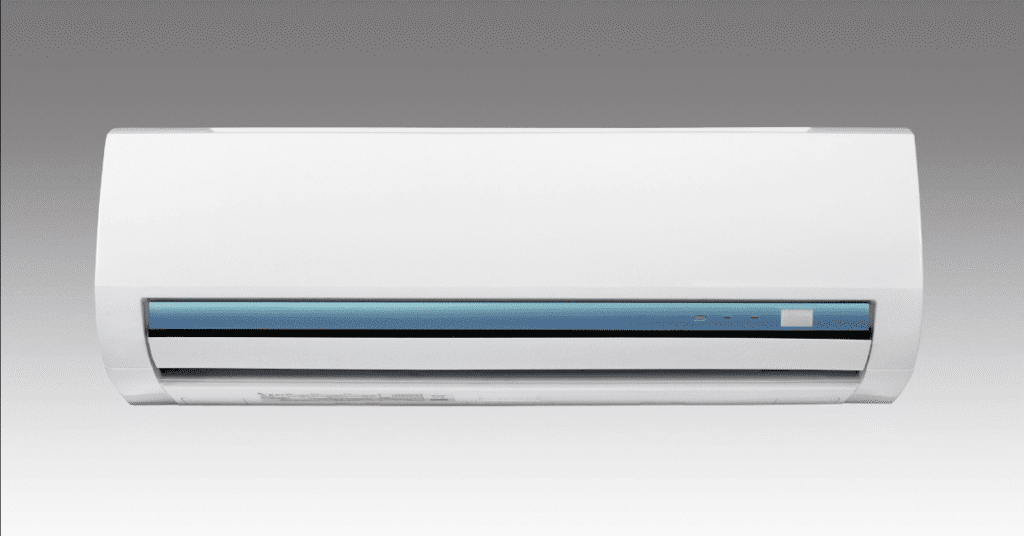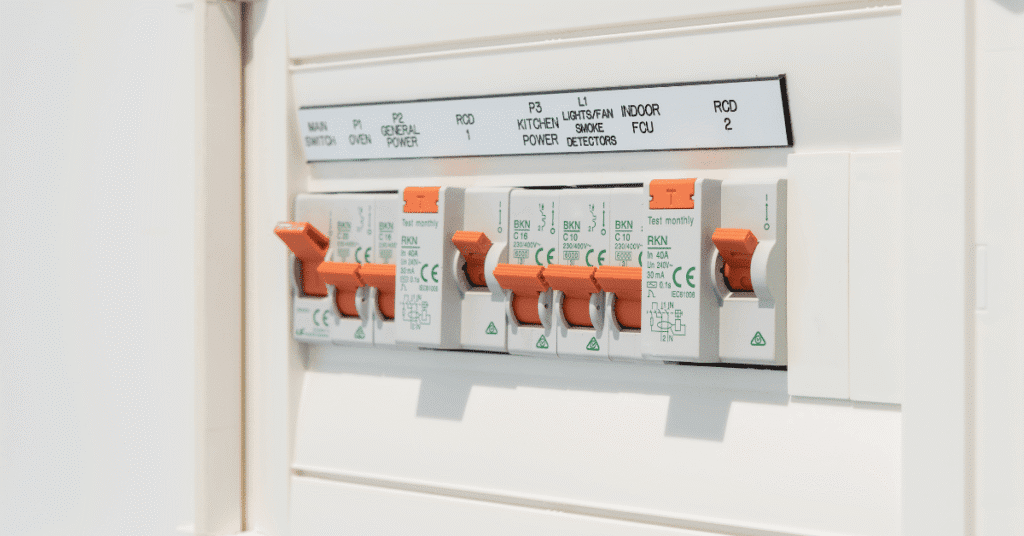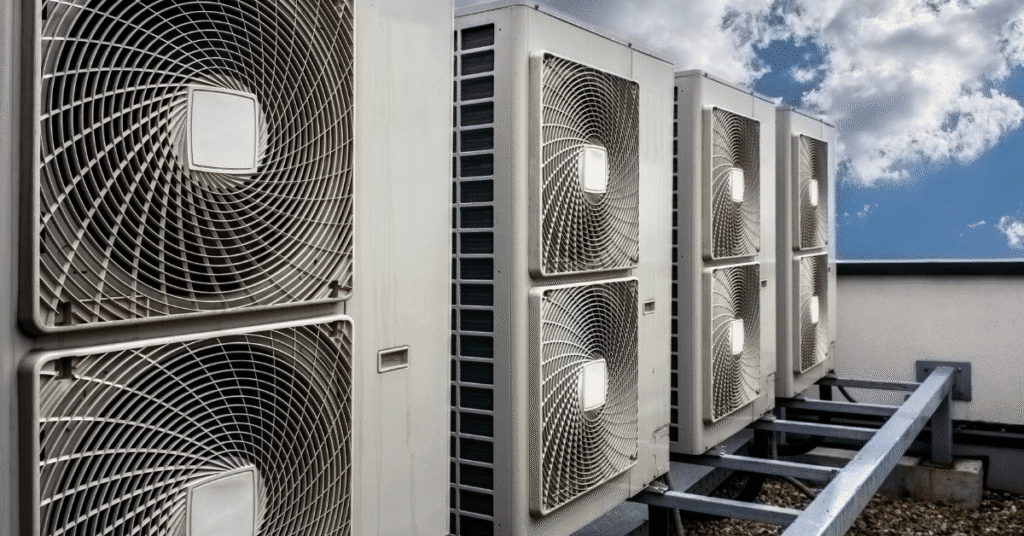A mini split system can be an ideal heating and cooling solution for homeowners seeking flexibility, energy efficiency, and comfort. These ductless systems can heat and cool rooms individually, giving you more control over your home comfort compared to traditional HVAC systems. This guide will help you understand how mini split systems work, the advantages and disadvantages, installation considerations, and whether they’re the right choice for your home. If you’ve ever wondered about the disadvantages of mini split systems, their value, or how to maintain them with proper cleaning, repair, and installation, you’ll find the answers here.
What is a Mini Split System?
A mini split system, also called a ductless mini split, is a heating and cooling system that uses two main components:
- Outdoor unit (compressor/condenser)
- Indoor unit (air handler)
These parts are connected by refrigerant lines, allowing the system to cool or heat specific zones without using ducts. Unlike central air, which pushes conditioned air throughout a home, a ductless system delivers air directly into each room it serves.
Mini split systems work well in:
- Homes without existing ductwork
- Garage conversions or home additions
- Areas requiring independent climate control
How Do Mini Split Systems Work?
A mini-split HVAC system uses refrigerant to transfer heat:
- The outdoor unit houses the compressor and condenser.
- The indoor unit has an evaporator coil and fan to deliver cool air or heat.
- Refrigerant lines connect the two units.
- Each indoor unit has its own thermostat or remote control.
Because there are no ducts, the efficiency of mini-split systems is higher—no energy loss from leaking ductwork, which can be an issue with conventional systems.
Advantages of a Mini Split System
1. Energy Efficiency and Cost Savings
Mini split systems offer targeted heating and cooling, using less energy than forced air systems that condition the whole house. This can lower utility bills while improving indoor air quality.
2. Flexible Installation
A mini-split system installation is less invasive than installing a ducted system. Systems can be installed in:
- Older homes
- Sunrooms and additions
- Vacation cabins
3. Zone Control
Control the heating and cooling needs of each room separately. Your bedroom can be cooler for sleeping while your living room remains warmer.
4. Quiet Operation
Mini-split AC units are quieter than most air conditioners, making them ideal for bedrooms and offices.

Disadvantages of Mini Split Systems
While mini splits are designed to be efficient and versatile, there are some cons of mini systems:
- Higher Initial Cost – More expensive than a window AC unit or traditional air conditioning upfront.
- Indoor Unit Appearance – Wall-mounted units may not fit every décor.
- Maintenance Needs – Systems require regular maintenance including cleaning, professional repair, and filter replacement.
These potential disadvantages of mini split systems should be weighed carefully.
Are Mini Splits Worth the Cost?
A mini splits worth analysis depends on your home and climate. They can be the right choice for your home if you want:
- Energy-efficient cooling systems and heating
- Flexible air conditioning and heating
- Better home comfort needs management
Over time, the savings from reduced energy usage can offset the purchase price.
Types of Mini Split Systems
Types of mini split systems include:
- Single-zone (one indoor unit connected to one outdoor unit)
- Multi-zone (multiple indoor and outdoor unit combinations)
- Mini-split heat pumps (provide both cool and heat)
Your choice depends on whether you need to heat and cool your home in one or multiple areas.

Installation Considerations
Mini-split systems require correct sizing and professional installation to work efficiently. When you install a mini-split, placement of the indoor unit and outdoor unit is crucial to avoid hot and cold spots.
Mini splits use advanced refrigerant technology, and improper setup can lead to uneven heated or cooled air and higher bills.
Maintenance, Cleaning, and Repair
Keeping a mini split right for your home means:
- Monthly cleaning of filters to maintain indoor air quality
- Annual professional inspection and repair
- Checking refrigerant lines and coils during routine service
Neglecting maintenance can reduce the efficiency of mini-split systems and shorten their lifespan.
Comparing Mini Splits to Other HVAC Systems
Unlike traditional HVAC systems, ductless mini-split systems do not rely on ducts, meaning they avoid the air leakage problems of traditional air conditioning.
Comparisons:
- Mini split AC vs. window unit: Quieter, more efficient, but higher upfront cost
- Mini-split air conditioner vs. central air: Zoned comfort vs. whole-house conditioning
When a Mini-Split System is Right for Your Home
A mini-split system is right for:
- Homes without ducts
- Spaces with unique cooling and heating needs
- Additions and remodels where extending ducts is impractical
If you’re considering a mini split, work with an experienced contractor to find the right choice for your home.

Conclusion
A ductless mini-split system is right for many homeowners, especially in spaces without ductwork or where zoned comfort is preferred. While there are advantages and disadvantages, proper installation, cleaning, and repair will ensure your heating and cooling system remains reliable for years.









